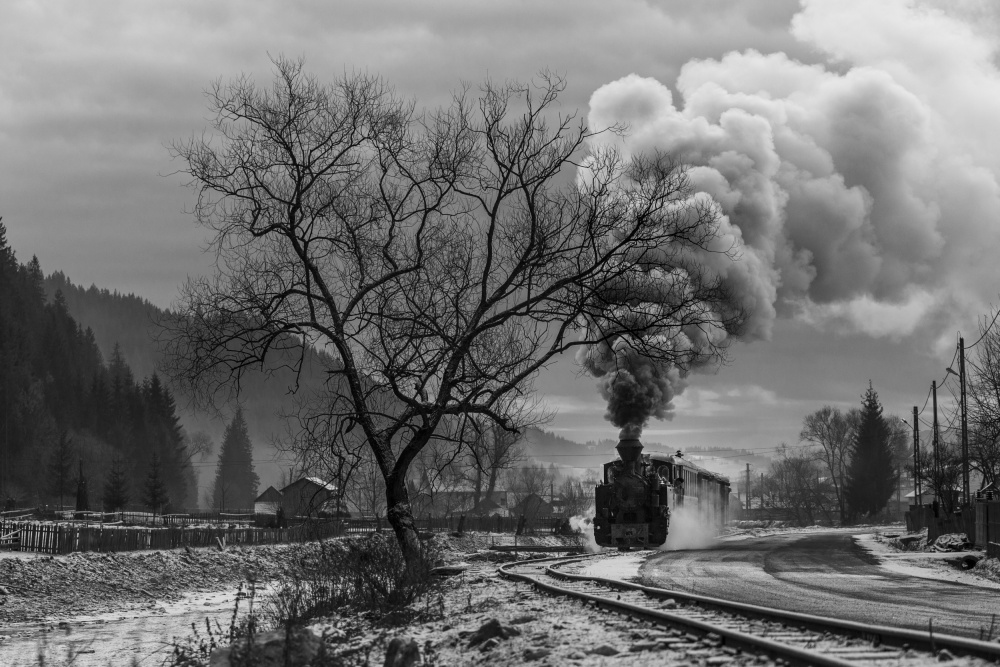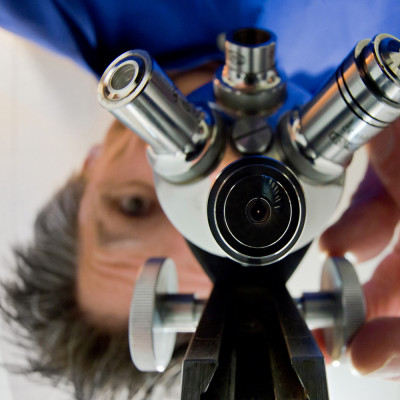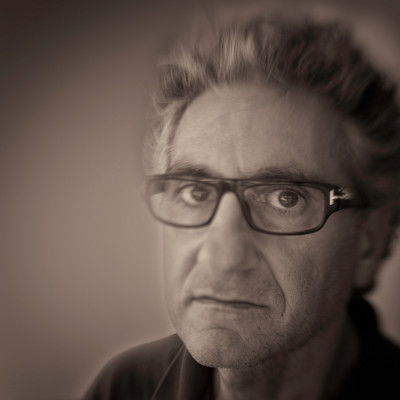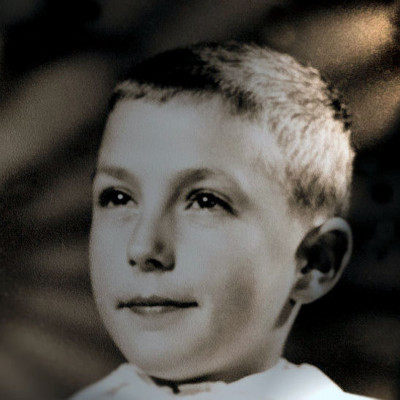SEARCH






|
|
|
|


by Editor Miro Susta
This article is dedicated to all readers who are interested in railways and who enjoy viewing photographs related to this subject. It is a first part of the transportation quadrilogy : “Railways, Roads, Waterways and Air Transportation”.
Beside of short write-up about railroads history, about trains and some brief facts related to the railroads, I have included here a selection of great photographs from the 1x gallery.
Railroads have played a great role in the developing civilizations around the world from ancient times until the present day.
Already few hundred years BC the Greeks made grooves in paved limestone roads so that they could use wheeled vehicles to ease the movement of heavy transport. However, with the fall of Greece to Rome, these early railways fell into ruin and disappeared for more than 1’400 years.
Railroads made an appearance in the modern world by the middle of 16th century when Germany began installing wooden railroads called wagon ways to make it easier for horse-drawn carts to cross the countryside.
During the same period railroads were used in European coal mines; men and animal pushed and pulled wagons loaded with ore and coal along wooden tracks. These advances in developing the railroad helped to increase safety and efficiency in mines.
By end of 18th century the wooden rails were replaced by iron and in the 19th century more durable steel replaced the iron.
This was an important part of the groundwork for an advanced system of railways, all that was left to do was to invent a means that could carry more people at longer distances faster and in efficient way—which all happened during the Industrial Revolution in England with the invention of the steam engine.
The invention of the steam engine was the first very important step in early development and construction of the modern railroad and trains. At the beginning, trains pulled by steam locomotive carried freight only.
In 1825 the Stockton and Darlington in England started regular passenger services. From that time until middle of 20th century, the steam locomotive was the dominant prime mover in the railway system.
 “Mocanita Hutulca” by Sveduneac Dorin Lucian
“Mocanita Hutulca” by Sveduneac Dorin Lucian
Diesel-electric locomotives use electricity to drive forward motion; a large diesel engine turns a shaft that drives a generator which makes electricity, in this way generated electrical energy (alternating or direct current AC/DC) powers large electric motors at the wheels called 'traction motors'. Alternating current locomotives have better traction and adhesion and are used on longer trains and trains that carry heavier loads. However, DC is still used because it is cheaper to manufacture.
Trains with electric engine driven locomotive are powered by electricity from overhead lines or a third rail.
Even that the capital cost of electrifying track is high, the electric engine driven trains are less complex and capable of higher performance at lower operational costs comparing with diesel- or steam-powered trains.
Some interesting railway facts
* The longest passenger train service running between two cities (point-to-point) is the Moscow (Russia) and Pyongyang (North Korea) line which is 10’267 km long, has 157 stops with the journey running time of 206 hours; it is be-monthly in service.
* 57 km long Gotthard basis tunnel is the World's longest and deepest rail tunnel. It took 17 years to build, the regular rail service through the tunnel has begun in 2016, carrying passengers 2.3 km deep under the Swiss Alps from Zurich via Lugano to Milan in Italy.
* The longest railway bridge over water is the new bridge between Jiaozhou Bay, on the southern coast and Shandong Peninsula in north-eastern China; it is 42.5 km long.
*The highest railway bridge is the Chenab Railway Bridge in Katra, Jammu-Kashmir, India. It is 322 meters high with 467meter span.
* Highest altitude railway line is the Qinghai–Tibet railway between Xining and Golmud in China with highest elevation point of 5’068 meters above sea level.
* The Tanggula (Dangla) Railway Station in the Tibet Autonomous Region, China, located at 5’068 meters above sea-level is the highest railway station in the world.
* Jungfraujoch railway station in Switzerland is at 3’454 meters above sea level, this is the highest railway station in Europe.
* The world steepest classic funicular railway has opened to the public in Switzerland. The railway runs from the town of Schwyz up to the car-free Alpine village of Stoos, it took 14 years to build. The 1,720-metre track, climbing or descending 743 metres along gradients as steep as 110% (47.7º).
* The oldest underwater “railway tunnel” is the 400 meters long Thames tunnel crossing the Thames in London. It was originally designed for horse-drawn carriages but was never used for that purpose. Today it forms part of the London railway network.
* The Channel Tunnel between France and England is the World longest railway tunnel, it is 50.45 km long.
* The fastest train in the world is China’s new Fuxing train between Shanghai and Beijing with maximum speed of 350 km; reducing the 1318 km journey by one hour.
* On September 27, 1825, the first railway line in the world was opened between the English cities Stockton and Darlington; first 40 kilometres of modern railway history.
* The world’s first regular train passenger line from Manchester to Liverpool was opened in 1830. It was the first two tracks railway line with timetables and proper stations.
* USA has the longest railway system in the world with total 257’722 km railway length.
* The largest train station in the world is the Grand Central Terminal in New York City with 44 platforms.
The most powerful locomotives
Steam
The US made Allegheny, 30 meters long, 350 ton heavy, able to pull 160 coal wagons, each with a 60-ton load, with max. speed of could run at 96 km/hr, was powered by 7’500 HP (5’600 kW).
Diesel-Electric
General Electric Big Blow for Union Pacific diesel-electric engine; 8’500 horsepower (6’340 kW).
Gasoline
With 11’285 horsepower (8’415 kW) gas turbine engine Russian Sinara GT1s is the world’s most powerful gasoline turbine locomotive and the world’s most powerful internal-combustion locomotive.
Electric
With 17,838 horsepower (13’300 kW), the Russian Novocherkassk 4E5K locomotive is the most powerful electric engine driven locomotive in the world.
The longest cargo train ever recorded was the train in Western Australia between Newman and Port Headland; the train consisted of 682 loaded iron ore wagons and 8 GE AC6000 diesel-electric locomotives giving a gross weight of almost 100,000 tonnes and moved 82,262 tonnes of ore, the train was 7.353 km long (21st June 2001).
The longest passenger train in the world is the legendary Australian Ghan consisting of 44 carriages and two diesel-electric locomotives with a total length of 1’100 meters. The Ghan connects Adelaide, on the south coast of Australia, with Darwin, at the Top End of Australia's Northern Territory.
There are 149 countries with railway network - total around 1 million kilometres railway - in the world
I invite you to discover some more on Magical World of Railways in the 1x-members works below.
Many thanks to all 1x-contributing photographers for excellent photo work and to all of you for viewing this article. Any comments & suggestions are highly appreciated.
 | Write |
 | Nicoleta Gabor PRO thank you for choosing two of my works for this article! late reaction of mine.
|
 | Sveduneac Dorin Lucian
Excellent work!Thanks! |
 | Marc Pelissier PRO After the planes, I love to discover that article I missed around trains. Superb selection of very powerful images and I love these sections of facts !! Thanks Miro |
 | Leif Løndal PRO Really good work, Miro and Yvette. Thanks. |
 | Miro Susta CREW Thanks Leif |
 | Arnd Gottschalk Great article. It would have been nice to include some stations as well, though ... |
 | Miro Susta CREW Many thanks for your comment Arnd. There are some station images included, but in this article I have concentrated more on trains and railway tracks. |
 | Steven T CREW Wonderful article and photographs. I really enjoyed them! |
 | Miro Susta CREW Steven, many thanks for nice comment. We appreciate it very much. |
 | Vito Guarino PRO Excellent work, Miro and Yvette. Thank you very much |
 | Yvette Depaepe CREW Thank you, Vito! Miro did a great job... |
 | Miro Susta CREW Many thanks Vito. |
 | Thierry Dufour PRO Really splendid pictures, superb documentary, thanks Miro and Yvette !!! |
 | Miro Susta CREW You are most welcome Thierry |
 | Yvette Depaepe CREW Thanks, Thierry ;-) |